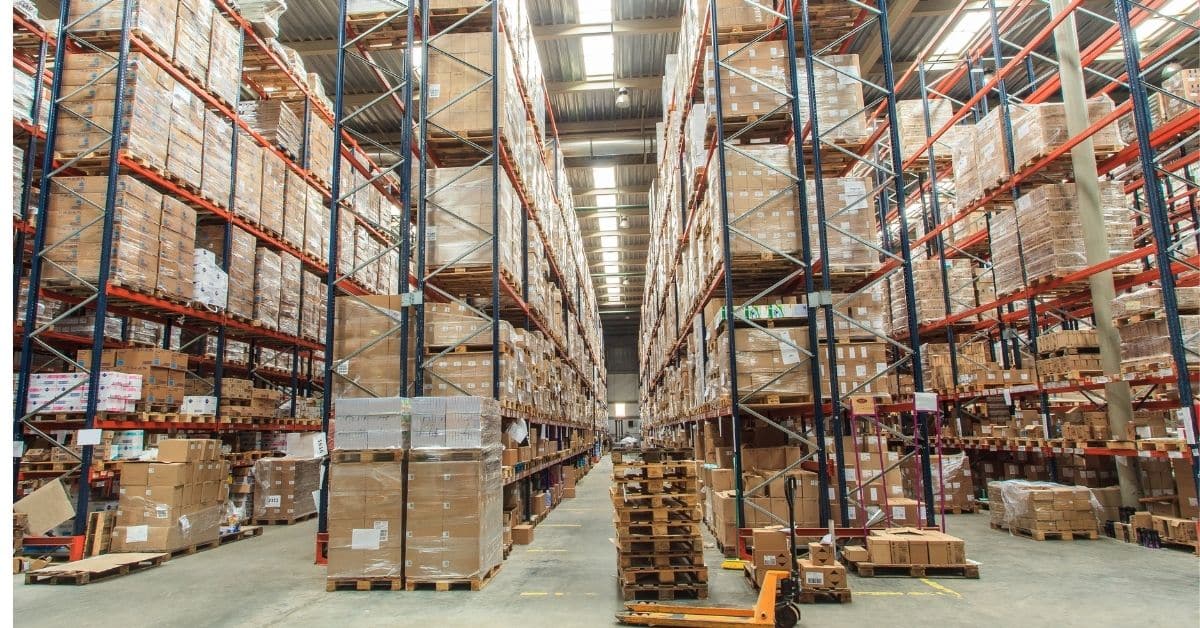
What is industrial real estate in Vietnam? Industrial real estate in Vietnam is an investment project to create industrial parks, industrial clusters, factory construction, warehouses for rent, offices for lease and other investment projects in Vietnam to support industrial output.
When compared to other real estate sectors, such as offices and retail, industrial real estate is regarded as one of the most stable and appealing asset classes. The industrial property market in Vietnam has performed well in recent years, because of the country’s expanding manufacturing industry. The government is working to implement investment incentive programs and increase the competitiveness of Vietnam’s investment environment.
Many investors want to enter the Vietnamese or Asian markets but lack the necessary information. The following article will provide you with pertinent information about what is industrial real estate and the Vietnamese industrial real estate market.
Industrial real estate is a broad term that encompasses a variety of properties. Industrial real estate is a subset of real estate that includes warehouses, manufacturers, factories, logistics and distribution.
Industrial real estate can also be used to mean property that facilitates the transport and storage of goods and products. In every country, industrial hub is critical, since these assets serve as the backbone of the industrial economy.
Industrial property is a lucrative market in many regions of Asia. That is especially true in Vietnam, where the industrial sector has witnessed a significant inflow of foreign investment. Industrial real estate in Vietnam refers to investment projects in Vietnam such as industrial parks, factory development, warehouses for rent and other investment projects to support industrial production.
When it comes to industrial property, the most typical image is factories, where everything is assembled and manufactured. Some factories are large and used for heavy manufacturing, while others are tiny and mostly for assembly. Some rely heavily on manpower to produce things, while others rely on robots and automation, while still others utilize a combination of the two. On average, less than 20% of office space is found in both large and small factories.
These are the structures where things for distribution are kept. It stores items from the producer to the distributor before they are shipped to their different retail locations. Manufacturing firms, third-party distributors, and retail outlets utilize distribution warehouses because they save time and provide peace of mind.
Private warehouses are used for storage rather than delivery, for example, cold storage for perishable products. Manufacturers own and control them, and they erect them near their manufacturing plants. They are typically smaller in size than their equivalents in distribution. Users gain from a degree of control, but it might be expensive in the short run owing to its set size and cost.
Flexible industrial buildings were built to meet some tenants’ diverse demands. Often referred to as ‘hybrid’ space, these buildings may feature a combination of offices, retail showrooms, warehouses and distribution, and research and development space. Because many R&D buildings are occupied by tenants in high-tech, electronics, or biotechnology, flexible space is desirable because it allows for a broader range of functions to be performed in one location.
These areas, used by enterprises in the high-tech industry, must have electrical switching, uninterruptible power supplies, and backup generators. They are usually located near power and communication facilities, allowing for a reliable power supply, and the buildings place a premium on security to prevent unwanted access to information.
As the world changes, Vietnam is one of the best options for multinational corporations looking to relocate their headquarters. With an extremely positive outlook on the future of Vietnam’s industrial property market, here are the outlined five reasons why:
What is the industrial real estate situation in Vietnam? Vietnam’s industrial property market has done well in recent years, owing to the country’s burgeoning manufacturing sector. Vietnam is projected to attract a rising number of investors in the next few years.
With a rising and urbanizing population, 50% of whom are under the age of 35, Vietnam’s eCommerce market is one of the most fascinating in Asia. While Samsung Electronics has a big plant in Ho Chi Minh City measuring 67,088 square meters, other well-known companies such as Apple have plans to expand further in the nation.
Due to Vietnam’s ascension to the status of Asia’s new manufacturing powerhouse, the industrial property market has outpaced other property sectors. According to data from the Foreign Investment Department (Ministry of Planning and Investment), the total foreign investment capital registered for new, adjusted, and contributed capital purchased shares from investors reached 10.13 billion USD as of March 20, 2021, an increase of 18.5% over the same period in 2020.
Formerly known as Saigon, HCMC is currently Vietnam’s largest metropolis. In addition to being Vietnam’s commercial and financial hub, HCMC has drawn an increasing number of immigrants from other provinces in recent years. The population is still fast rising.
What is industrial real estate situated in Hanoi? As Vietnam’s industrial and cultural core, as well as its old capital. There are 12 urban areas, 1 district town, and 17 rural regions in the capital. Hanoi also has the highest human development index of any Vietnamese city.
Due to the country’s growing manufacturing sector, Vietnam’s industrial property market has performed strongly in recent years. In the coming years, Vietnam is expected to attract an increasing number of investors. Many industrial real estate investors have invested in warehouses and factories to take advantage of the wave of investment shifts among satellite firms coming to Vietnam.
This article addressed “What is industrial real estate?” and provided other instances of how industrial real estate operates in Vietnam. Hopefully this article from Savills has given you useful information about why so many investors have invested and continue to do so in Vietnam.